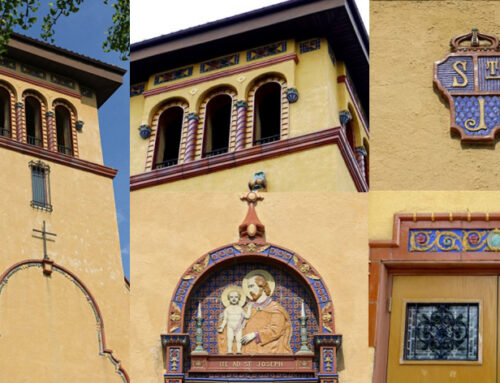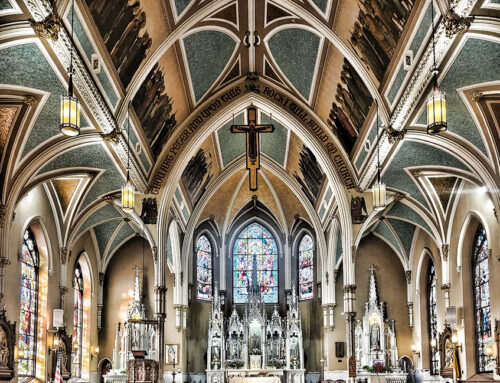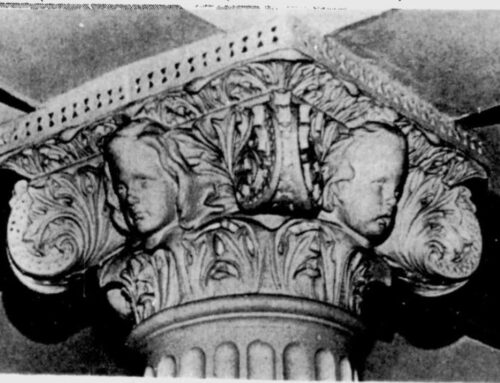The earliest known imagery of the Easter bunny in America came from Berks County. It was drawn near Orwigsburg (West Brunswick Township).
Hand drawn and colored on laid paper (8 x 9.6 cm.), Johann Conrad Gilbert created this fractur near Orwigsburg, PA. The reverse of the Easter rabbit drawing states “Gerhort Johannes Bolich in Braunschweig Taunchib Berks Caunte” – Belongs to Johannes Bolich, Brunswick Township, Berks County. Johannes was, most likely, one of his students.
“Pennsylvania Dutch folk belief, derived from German culture, was that the Easter rabbit laid the eggs. Gilbert’s bunny carries a basket of variously colored eggs harnessed on his back. The eggs were dyed with natural sources, perhaps onion shells (brown or black), madder (red), or alder catkins (greenish yellow).
Johann Conrad Gilbert (1734 – 1812) was a highly acclaimed Fractur artist who lived in Orwigsburg and is buried in the historic Zion’s Red Church Cemetery. He was also a Lutheran schoolmaster who served in both Schuylkill and Berks counties. It was during his tenure as a schoolmaster near Orwigsburg that Gilbert created the earliest Easter Bunny Fraktur drawings. One such drawing is now in the collection at Winterthur Museum in Delaware. Gilbert is considered to be an innovator, if only for the little drawing of the Easter rabbit, which must be the oldest representation of that mystical character in American art. It was made for a child in Brunswick Township, so that it may come from the years 1778 – 1779 when Gilbert was teaching there. Carrying his basket of colored eggs, varied colors of them, the rabbit is prancing off to enchant a child’s Easter.
A very prolific fracture artist, Gilbert created many birth and marriage certificates, as well as general fracture drawings. Fraktur is an artistic and elaborate illuminated folk art created by the Pennsylvania Germans/Dutch, named after the Fraktur script associated with it.
Most Fraktur art was created between 1740 and 1860. Fraktur drawings were executed in ink and/or watercolors and are found in a wide variety of forms such as birth and baptismal certificates, marriage and house blessings, book plates, and floral and figurative scenes. Common artistic motifs in Fraktur include birds (distelfinks), hearts, and tulips, as well as blackletter (Fraktur) and italic calligraphy.
It is thought that Gilbert derived some of his design elements, including the barefoot angels, from fellow fraktur artist Daniel Schumacher. Heinrich Otto can also be seen as an influence on Gilbert, especially his use of long-necked birds and parrots.






